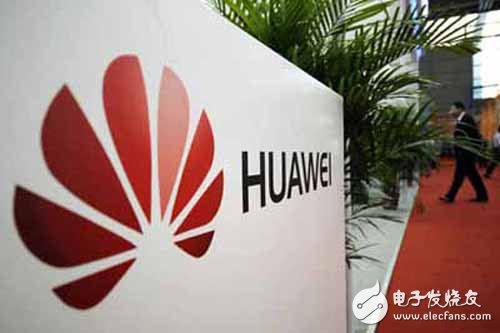
Since the birth of mobile communication technology, it has mainly solved the communication between people. 5G will be a significant turning point, which means not only faster than 4G/LTE, but also more opportunities for the Internet of Everything, bringing more vertical industry market opportunities. Dr. Abdurazak Mudesir, vice president of Huawei's 5G European market, told C114.
During the interview during Huawei's Asia-Pacific Innovation Day, he shared with C114 the expectations and prospects of Huawei's development of 5G, its input and achievements. At the same time, he also called on regulators to issue more spectrum resources and issue more efficient and flexible regulatory policies to support the construction of more sites.
Huawei's optimistic 5G application scenario "At the World Mobile Communications Conference in Barcelona two years ago, some people have said that defining 5G is like defining Picasso's paintings. Everyone has their own opinions. Today, everyone has become more and more Consensus, the standardization progress is also very fast." With this as an opening statement, Dr. Mudessel opened his words.
The killer business or application has been relished in the era of mobile communications, but it has been difficult to define which application can be called killer since 4G. In Dr. Mudeser's view, the killer application does not exist, but becomes more diverse. He pointed out that 3GPP defines three major directions for 5G application scenarios - eMBB (mobile broadband enhancement), mMTC (large-scale Internet of Things), and uRLLC (ultra-reliable ultra-low latency communication), which will open up huge market space.
He also interpreted Huawei's optimistic application scenarios from the B2C, B2V and B2H fields: "From this year's World Mobile Communications Conference, VR will be the killer application in the 5GB2C market. We believe that VR will become a new user. Interface. Goldman Sachs expects that the VR market will reach $182 billion by 2025; VR requires at least 4 Gbps of bandwidth with a latency of 5 milliseconds."
In the B2V sector, the automotive industry will be the entry point for 5G to participate in the vertical industry. In fact, the application of cellular technology to the automotive industry is no longer a new attempt. More and more automakers are willing to integrate communication modules: "The automotive industry is facing changes and needs to cope with new challenges. In this context, it has proposed "Service is the service" to provide a safer and more comfortable smart driving experience. At this stage, it is mainly implemented by LTE-V2X, and the 5G era will further improve the delay and reliability."
In the B2H field, global Internet demand continues to be strong, but today only 300 million households have access rates greater than 10 Mbps, and even 1 billion households have not yet access the Internet, and 10 Mbps is far from sufficient to meet emerging applications. The bandwidth growth demand driven by. Dr. Mudessel believes that 5G-based home wireless broadband access WTTx will become a better last-mile home access - in October this year, Canada Telus and Huawei conducted 5G field test, the downlink rate is up to 29.3Gbps; 2017 In the year, Canada and the United States will take the lead in piloting the 5GWTTx solution.
GPON (Gigabit-Capable Passive Optical Networks) technology is the latest generation of broadband passive optical integrated access standards based on the ITU-TG.984.x standard. It has many advantages such as high bandwidth, high efficiency, large coverage, and rich user interfaces. It is regarded by most operators as an ideal technology to realize broadband and comprehensive transformation of access network services. GPON was first proposed by the FSAN organization in September 2002. On this basis, ITU-T completed the formulation of ITU-T G.984.1 and G.984.2 in March 2003, and completed G.984.1 and G.984.2 in February and June 2004. 984.3 standardization. Thus finally formed the standard family of GPON.
GPON is a gigabit passive optical network or Gigabit passive optical network. GPON technology is the latest generation of broadband passive optical integrated access standards based on the ITU-TG. 984.x standard. It has high bandwidth, high efficiency, and large Many advantages such as coverage and rich user interface are regarded by most operators as an ideal technology to realize broadband and comprehensive transformation of access network services.
GPON technology allows operators to provide specific services that their customers need to provide in a targeted manner based on their market potential and specific regulatory environment. GPON technology and equipment are relatively complicated. GPON bears the advantages of multi-service with QoS guarantee and strong OAM capabilities to a large extent at the cost of technology and equipment complexity, which makes the cost of related equipment higher. With the development and large-scale application of GPON technology, the cost of GPON equipment will drop accordingly.
Gpon 1Ge Ont,Gpon 4Ge Ont,Gpon Ont,Gpon Onu,WLAN Port,Vlan
Shenzhen GL-COM Technology CO.,LTD. , https://www.szglcom.com